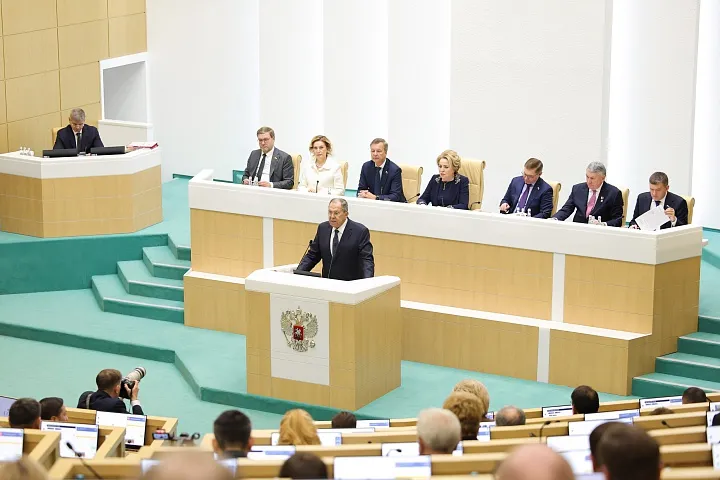In an indirect response to Helga Zepp-LaRouche’s “Ten Principles of a New International Security and Development Architecture,” Columbia University Professor Jeffrey Sachs has published his own set of ten concepts for peace.
Sachs presents his proposal as a response to Immanuel Kant’s book Perpetual Peace, published in 1795. Commenting that Kant underestimated the ability of elites to control public opinion and to insulate the public from the costs of war by paying for it through debt, Sachs insists that four realities demand a correction: the potential for nuclear war that could kill all human life on Earth, the growth of multipolarity, the presence of many effective international institutions, and the interconnectivity of the global economy and culture.
The first five of Sachs’s ten principles are taken from the Five Principles of Peaceful Coexistence first put forward by China in 1953, and adopted by the Non-Aligned Movement. They are mutual respect for territorial integrity and national sovereignty, mutual non-aggression, mutual non-interference in internal affairs, equality and mutual benefits in interactions, and peaceful co-existence.
Five additional principles are required for the implementation of the first five, he says:
6. The closure of overseas military bases, of which the U.S. and U.K. have by far the largest number.
7. The end of covert regime-change operations and unilateral coercive economic measures, which are grave violations of the principle of non-interference in the internal affairs of other nations….
8. Adherence by all nuclear powers (U.S., Russia, China, U.K., France, India, Pakistan, Israel and North Korea) to Article VI of the Nuclear Non-Proliferation Treaty [which calls for] “the cessation of the nuclear arms race and … a treaty on general and complete disarmament….”
9. The commitment by all countries “not to strengthen their security at the expense of the security of other countries,” (as per the OSCE Charter).
10. The commitment by all nations to cooperate in protecting the global commons and providing global public goods, including fulfillment of the Paris climate agreement, the Sustainable Development Goals and reform of UN institutions.
Sachs blames the great power confrontation in the world today on “America’s continued pursuit of unipolarity via regime change operations, wars of choice, unilateral coercive sanctions, and the global network of U.S. military bases and alliances.”
But what is the origin of these actions by the United States, and what are the affirmative contours of a geometry of peace?
Helga Zepp-LaRouche opens her Ten Principles with reference to the Five Principles of Peaceful Coexistence, before presenting a positive vision of the nature of cooperation, concluding with a statement on the human species itself:
The basic assumption for the new paradigm is, that man is fundamentally good and capable to infinitely perfect the creativity of his mind and the beauty of his soul, and being the most advanced geological force in the universe, which proves that the lawfulness of the mind and that of the physical universe are in correspondence and cohesion, and that all evil is the result of a lack of development, and therefore can be overcome.




